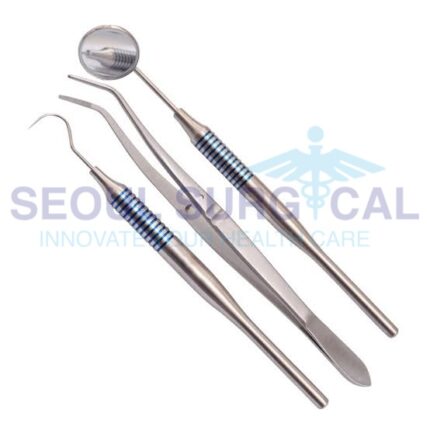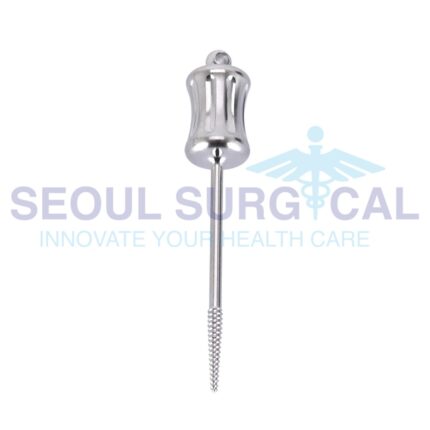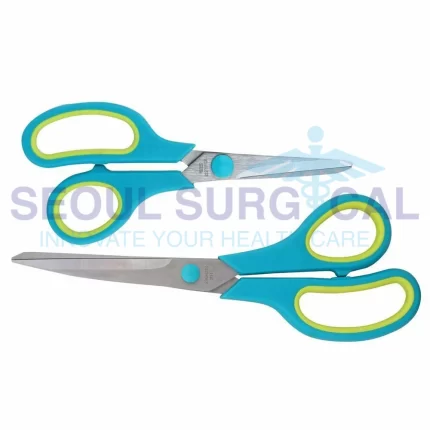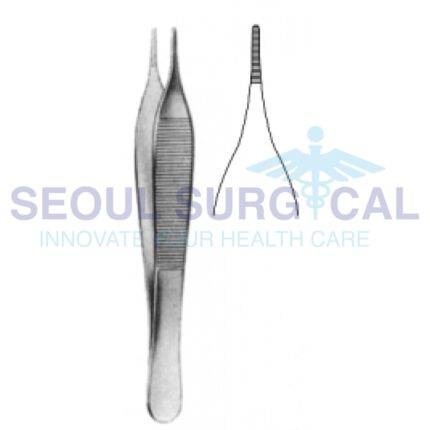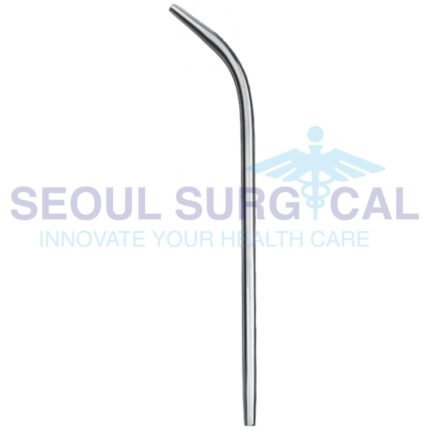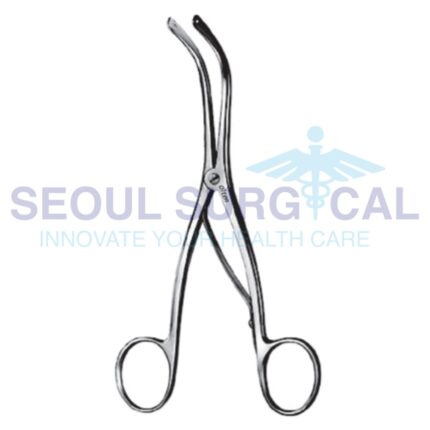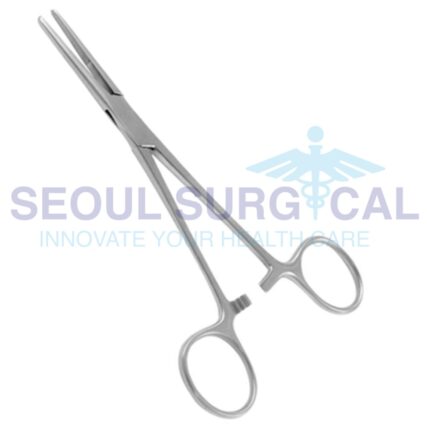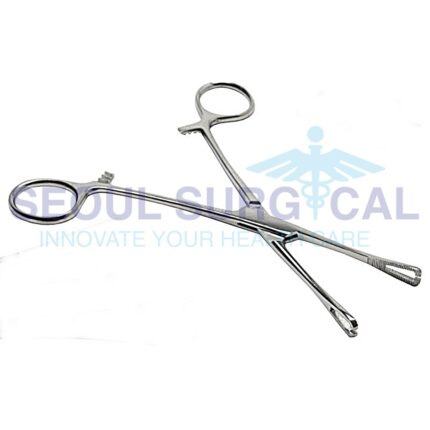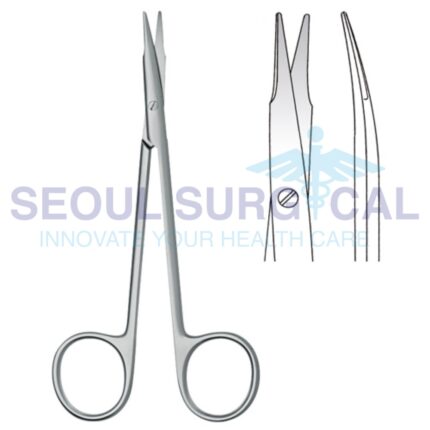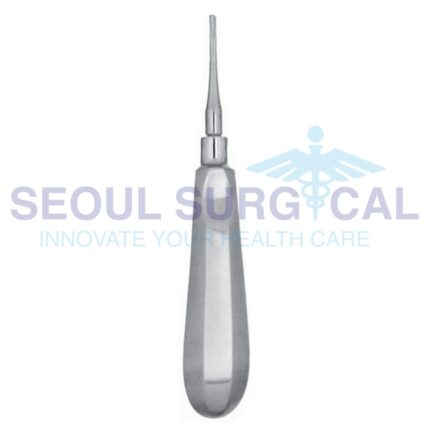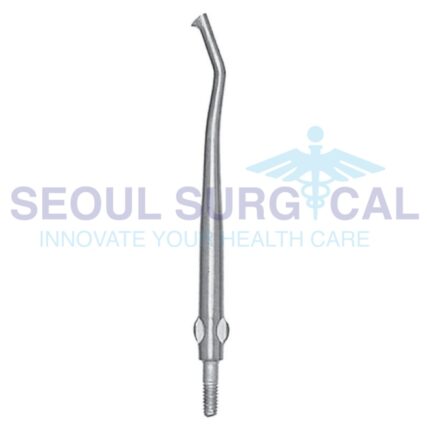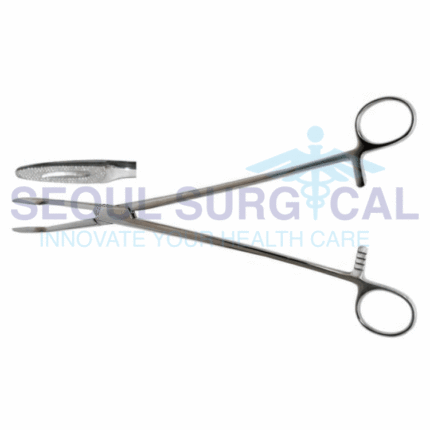Storing Clean: Navigating Effective Hygiene Storage Systems
Streamlining Endodontics: The Role of Apical Fragment Ejectors in Dental Procedures”
In endodontics, which deals with the internal structures of teeth, various instruments are used for tasks such as cleaning and shaping root canals. These instruments include files, reamers, and other tools designed for precise and effective treatment. If there have been advancements or changes in dental instruments, especially those related to the removal or management of apical fragments, it's essential to refer to the latest resources within the dental field.
Style Sculptors: Beauty Scissors Forceps for Expert Grooming
Beauty forceps, similar to those used in medical settings, are designed for precise grasping or holding of small objects. In the beauty industry, forceps may be used for tasks such as applying false eyelashes, picking up small beauty accessories, or performing intricate tasks that require a steady hand. The fine tips and precision grip make them suitable for delicate beauty procedures.
If you have a specific product or concept in mind that combines the features of both beauty scissors and forceps, please provide more details, and I'll do my best to assist you.
Subtle Grasp: Exploring the Role of Cilia Forceps in Ophthalmic Procedures
If you have a specific context or application in mind, it would be helpful to provide more details for a more precise answer. Surgical instruments are often designed with specific tasks and tissues in mind, and the choice of forceps depends on the nature of the procedure and the tissues being handled.
Suctioning Success: A Comprehensive Guide to Trocars and Suction Tubes in Surgery
In laparoscopic surgeries, trocars are initially used to create access ports, and once access is established, various instruments, including suction tubes, can be introduced through these ports. Trocars are typically inserted under direct visualization using a camera system, allowing the surgeon to monitor the entry into the abdominal or thoracic cavity.
Surgical Airway Access: Navigating Tracheotomy Techniques in Medicine
Tracheotomy is a well-established and potentially life-saving procedure performed by trained healthcare professionals. It is commonly done in a controlled medical setting, and postoperative care is crucial for the well-being of the patient. The decision to perform a tracheotomy is based on the specific medical needs of the individual patient.
Surgical Artistry: A Closer Look at Modern Forceps in the Operating Room
Surgical Cleanliness: Exploring the Role of Sponge Forceps in Sterile Environments
These forceps are typically made of high-quality surgical stainless steel to ensure durability and resistance to corrosion. The serrated jaws of the forceps provide a secure grip on the sponge, preventing accidental slippage during surgery. Proper sterilization procedures are followed before and after each use to maintain aseptic conditions in the operating room.
Sponge forceps are an essential part of the surgical toolkit, contributing to the efficiency and safety of various surgical procedures by aiding in the management of surgical sponges and maintaining a sterile environment.
Surgical Ease: Enhancing Periodontal Care with Modern Gum Scissors
Surgical Ease: Exploring the Art of Tooth Elevation with Modern Instruments
Dental elevators are used in conjunction with other dental instruments, such as extraction forceps, to perform efficient and atraumatic tooth extractions. The selection of a specific type of elevator depends on factors such as the tooth's morphology, location, and the dentist's preference and experience.
Surgical Ease: Exploring the Role of Crown Removers in Restorative Dentistry
Surgical Empowerment: Enhancing Hysterectomy Procedures with Advanced Forceps
It's important to note that the specific forceps used during a hysterectomy may vary based on the surgical approach (abdominal, vaginal, or laparoscopic) and the surgeon's preference. Each type of forceps serves a specific purpose in tissue manipulation, hemostasis, and organ removal during the procedure. Surgical instruments used in hysterectomy procedures are typically made of high-quality materials, such as surgical stainless steel, and are designed to withstand repeated sterilization.

